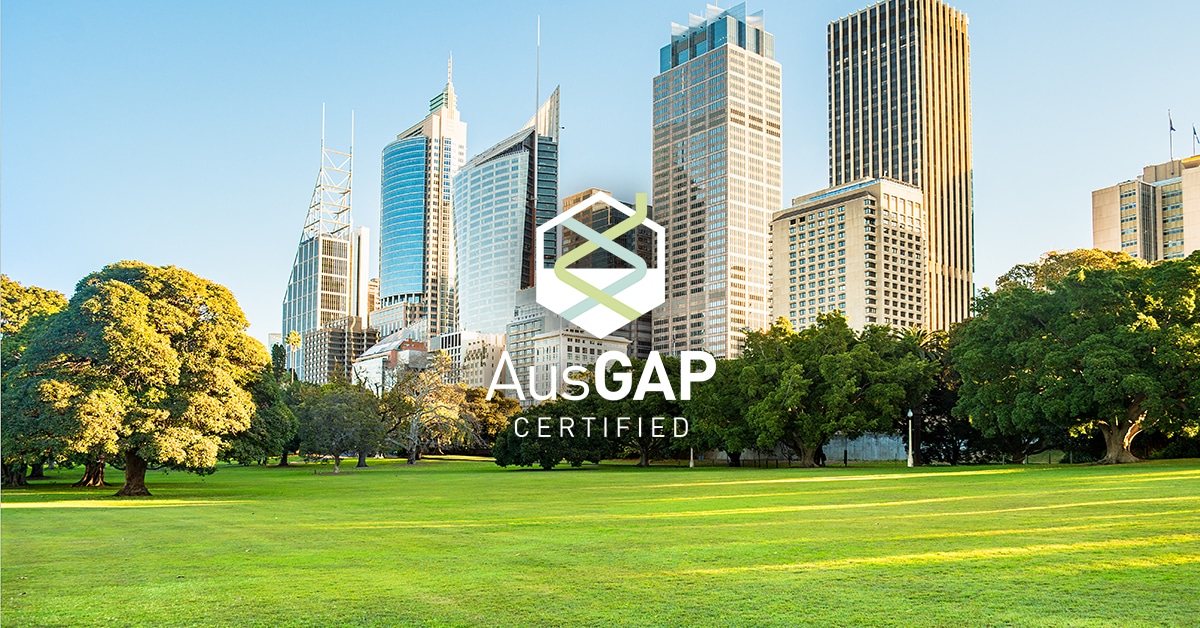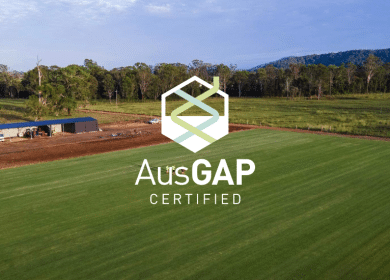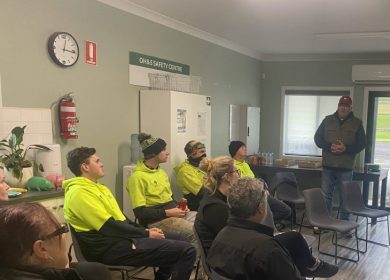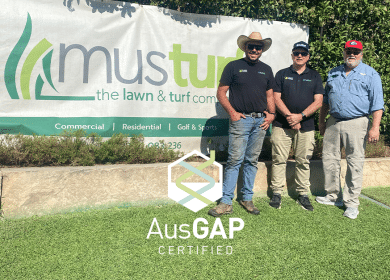
The role of turfgrass in shaping and enhancing the landscape during urban planning is often underestimated. Beyond its aesthetic appeal, turfgrass serves as an essential component in mitigating various environmental challenges while promoting the wellbeing of the communities using urban landscapes. From combating air pollution and soil erosion to alleviating the urban heat island effect and providing recreational spaces, turfgrass’s contributions to urban planning are essential. Read on to find out more about the essential role of turfgrass in addressing key environmental concerns in urban planning.
Air pollution
Turfgrass plays a crucial role in filtering and cleaning urban air by trapping and filtering harmful pollutants. Grass is able to take in and filter some of the worst atmospheric pollutants, hydrogen fluoride and peroxyacetyl. It is estimated that one square metre of unmown grass can provide enough oxygen to meet the needs of one person over one year. Through this process of absorbing pollutants and releasing oxygen, turfgrass contribute significantly to reducing the detrimental effects of air pollutants particularly in dense urban areas.
Carbon sequestration
With growing concerns of climate change, turfgrass’s carbon sequestration abilities can combat rising carbon levels. Through the process of photosynthesis, turfgrass absorbs carbon dioxide from the atmosphere and stores it in its roots and soil, effectively sequestering carbon and mitigating the impacts of greenhouse gas emissions. This carbon then stored as carbohydrates in the grass. Turfgrass also acts as a carbon sink meaning it absorbs more CO2 than it releases, resulting in carbon sequestration.
Soil erosion
The intricate root systems of natural turf play an integral role in stabilising soil and preventing erosion in the landscape. Grass binds soil more effectively than any other plant, well maintained turfed areas provide dense ground coverage and enhance the root systems of the turfgrass providing effective erosion control. This preserves the long-term sustainability of the urban landscape minimising risk of soil degradation and landslides.
Urban head island
The temperature of urban areas is higher in comparison to surrounding areas due to lower vegetation. This is known as urban heat island effect and poses a significant threat to urban areas with increasing temperatures and heightened energy demands. Turfgrass plays a vital role in mitigating urban heat island effect by providing natural cooling through evapotranspiration. By releasing moisture and creating a cooler microclimate, turfgrass helps reduce ambient temperatures.
Noise reduction
The dense layers of turfgrass act as a sound barrier, absorbing sounds from vehicles, people, and animals. Turfed surfaces absorb harsh sounds significantly more than hard surfaces such as pavement, bare ground, or artificial turf. And to maximise these benefits of turf the integration of trees and shrubs in the landscape should be in place.
As cities continue to evolve and expand, the integration of turfgrass into urban planning remains paramount in creating sustainable, resilient, and liveable environments for present and future generations. From its role in purifying the air and preventing soil erosion to its capacity for noise reduction and temperature regulation, turfgrass is an essential element when considering urban planning. By recognising and utilising the diverse benefits of turfgrass, urban planners can build cities that prioritise environmental sustainability and community wellbeing.


